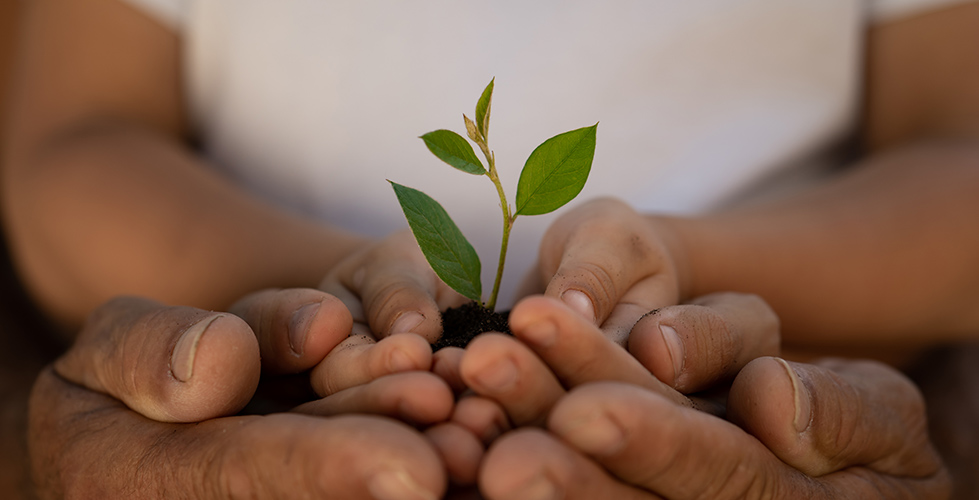The end of the year brings time for celebration and new beginnings. Around this time, we often begin to consider our desires for the future, including commitments to change. Common resolutions include being more physically active, saving money, learning a new skill, or getting organized. To create lasting change, it is important to consider how we move through the change process. Sustainable change generally happens at a slow, thoughtful, and steady pace that helps us build skills and habits necessary to embrace change long-term. Below are tips for how to create sustainable change in our lives.
Choose a goal—The first step in creating change is choosing a goal that is important to you. It is typically most helpful to work toward one goal at a time to avoid becoming overwhelmed. Reflect on what you value and select a goal that aligns with what matters in your life. The more you believe in your goal, the more likely you are to achieve it.
Think about what you need to succeed—Effectively meeting our goals includes planning and considering what we need for success. For example, if you want to save money, will you need to create a budget, open a savings account, or talk to your partner about finances? Asking these questions will assist in building a foundation for meeting your goals.
Start small and build— Once you have selected your goal and what you need to get there, break the goal down into smaller steps. For example, if you want to organize your home, start by focusing on a specific room (i.e. the kitchen) or with a specific area of focus (i.e. going through closets), as it would be unrealistic to take on organizing an entire home at once. When you have successfully reached your smaller goal, identify the next step in the process.
Create a routine—Routine is important in creating change, as it transforms the pathways in our brains, creating new habits. Establishing a routine may include setting aside a specific time to work on your goal (i.e. going to the gym each morning), adding your goal to another daily activity (i.e. riding your bike to work), or substituting your new goal for an old behavior (i.e. taking a walk after dinner, rather than watching tv). Whatever routine you decide on, be sure it is realistic for your lifestyle.
Enlist support—The value of receiving support from others in meeting our goals is significant. Support may include encouragement, accountability, and partnership in the change process. Options for receiving support can be talking with family and friends about your goals, joining a club, finding on-line spaces that offer encouragement and advice, or pursuing therapy or coaching.
Acknowledge success and remember change is not linear— Along the journey of change, there will be many ups and downs. This is an expected part of the change process and it is important to give ourselves credit for our efforts. Giving yourself credit may include positive self-talk (i.e. “I’m proud of myself”), rewarding yourself, or sharing about your progress with others. Typically, we embark on the change process because we want to feel better, so don’t forget to practice feeling good along the way.
Stay on the journey—Our goals are often on-going rather than having a distinct end point. Maintenance is an essential part of the change process and includes actively utilizing and further growing the skills we have developed. Remember, we are always a work in progress and it takes continuing effort to create the change we want to see in the journey of our lives.
Holly Cañas, LCSW, believes in the importance of offering space for individuals to explore their emotional experience and create wellness in their lives.





